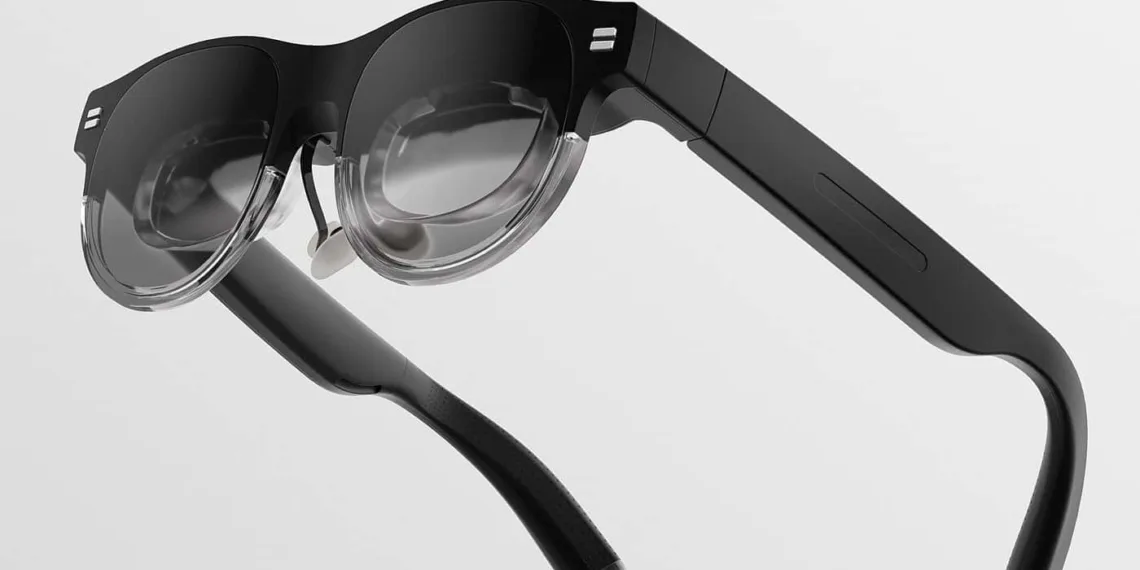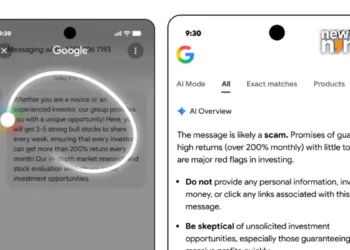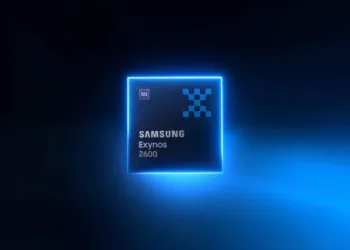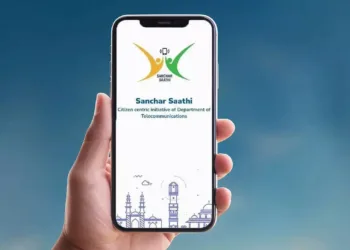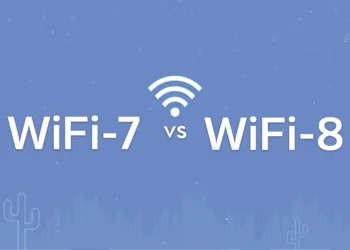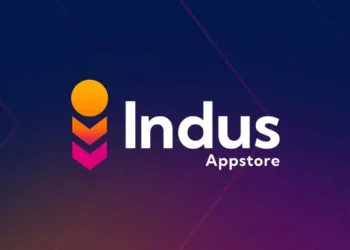The government is eager to introduce Direct-to-Mobile (D2M) technology in India by the next year, with pilot projects set to commence soon in 19 cities, according to top officials from various ministries on Tuesday. Although an official timeline is yet to be established, the government won’t compel handset manufacturers to adopt D2M; nevertheless, the technology has garnered support from all ministries.

All About the Direct-to-Mobile (D2M) Technology
During an industry conclave on Direct-to-Mobile, secretaries from the Departments of Science and Technology, Telecom, Information and Broadcasting, and Electronics and Information Technology emphasized the technology’s significance in expanding digital access to millions of Indians, envisioning the country as a pioneer in this field.
D2M, currently under discussion, facilitates the transmission of multimedia content to smartphones without requiring an active internet connection. Science and Technology Secretary Abhay Karandikar mentioned that the technology is mature and available, with lab trials and field trials completed. He anticipates a citywide pilot trial in the near future, aiming for a commercial launch within the next year using an indigenously developed system.
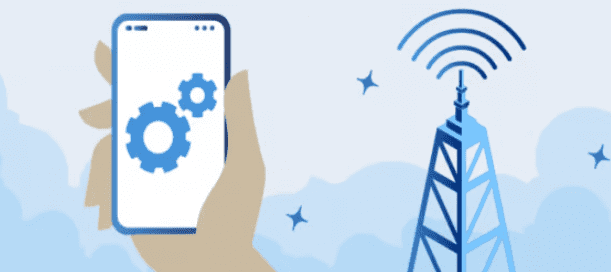
The government aims to utilize Direct-to-Mobile to offer digital streaming to a substantial portion of the population still reliant on 3G services. In education, D2M is expected to provide quality video content to rural populations without overburdening the existing spectrum.
While the question of mandating D2M remains uncertain, S Krishnan from the Ministry of Electronics and Information Technology highlighted that consumer choice would play a crucial role. He suggested the possibility of mandating manufacturers to embed D2M technology in smartphones for broader benefits beyond commercial considerations.

The Ministry of Information and Broadcasting has advocated for D2M, emphasizing its potential to reach the “TV dark” households that lack television sets. Information and Broadcasting Secretary Apurva Chandra sees D2M as an opportunity for the broadcast sector to reach every corner of the population. D2M could also address the strain on telecom networks caused by India’s increasing mobile data consumption, projected to reach 44.3 exabytes per month by 2024. Chandra suggested that broadcasting a portion of this data through D2M would alleviate the load on 4G and 5G networks.
Despite the government’s enthusiasm, mobile phone manufacturers and telecom operators, represented by the Cellular Operators Association of India (COAI), remain opposed to Direct-to-Mobile. COAI has called for a reevaluation of spectrum allocation, network integration, and regulatory and cost considerations, advocating for a transparent auction of spectrum in the sub-GHz band where D2M operates. The debate includes whether the entire 112 MHz spectrum should be reserved for D2M or shared with broadcasting services. COAI insists on a technology-neutral approach for seamless integration into existing mobile networks.

